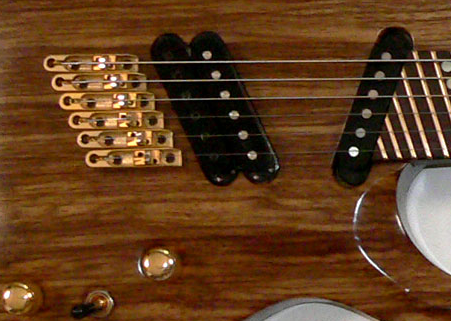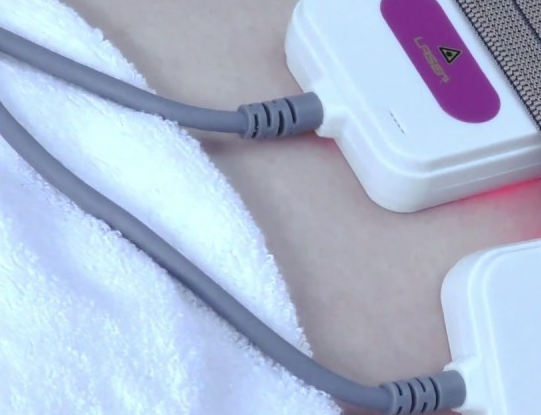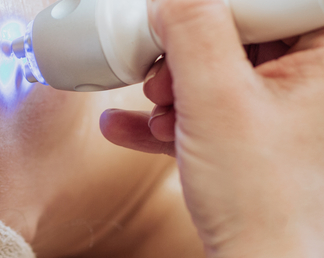Precision and effectiveness are of the utmost importance when it comes to ammunition. The potential for moly-coated bullets, a recent discovery, to improve shooting experiences has gained a lot of interest.
What are Moly Coated Bullets?
The molybdenum disulfide used in the coating of moly-coated bullets is a solid lubricant known for its low friction qualities. This coating improves the bullet's performance.
History
Shooters started experimenting with moly-coated bullets in the late 20th century to improve bullet performance. Since then, technology has advanced, and shooting enthusiasts use Moly coated bullets.
Moly-coated bullets produce less heat and friction, which results in reduced barrel wear. Moly-coated bullets tend to extend the barrel life of shooting weapons, which saves money for shooters in the long term.

Pros
Shooting accuracy is improved by moly-coated bullets. The coating minimizes friction between the bullet and the barrel, resulting in a smoother projectile motion. Consequently, there is an improvement in shot group tightness and overall accuracy.
Reduced Barrel Fouling
The reduced likelihood of barrel fouling is one important benefit of moly-coated bullets. The coating prevents residue buildup and simplifies cleaning. Long shooting sessions can be enjoyed by shooters without the requirement for frequent barrel maintenance.
Enhanced Velocity
The bullet's accuracy and velocity are both improved by the reduced friction. Moly-coated bullets can travel at faster speeds than non-coated bullets, giving shooters better performance and ballistic efficiency.
Extended Barrel Life
Shooters commonly find that moly-coated bullets extend barrel life due to reduced fouling and friction. High-quality barrel owners who want to extend their lifespan can benefit from this.
Cons
Environmental Issues
Environmental concerns must be taken into account, despite the obvious performance benefits. Some shooters are concerned about the molybdenum disulfide coating's environmental impact. It is essential to strike a balance between increased performance and the responsible use of firearms.
Cost Considerations
There is an additional fee associated with the application of the moly coating. When comparing moly-coated bullets to conventional ammunition, shooters must determine if the performance advantages outweigh the increased cost.
Compatibility Issues
Moly-coated projectiles are not always compatible with every firearm. Shooters must check barrel material and rifling to make sure their weapon works with this ammunition.
Challenges of Reloading
Working with bullets coated in molybdenum can cause difficulties for reloaders. Specific reloading techniques are necessary for the coating, and shooters must be mindful of the necessary adjustments to preserve optimal performance.








